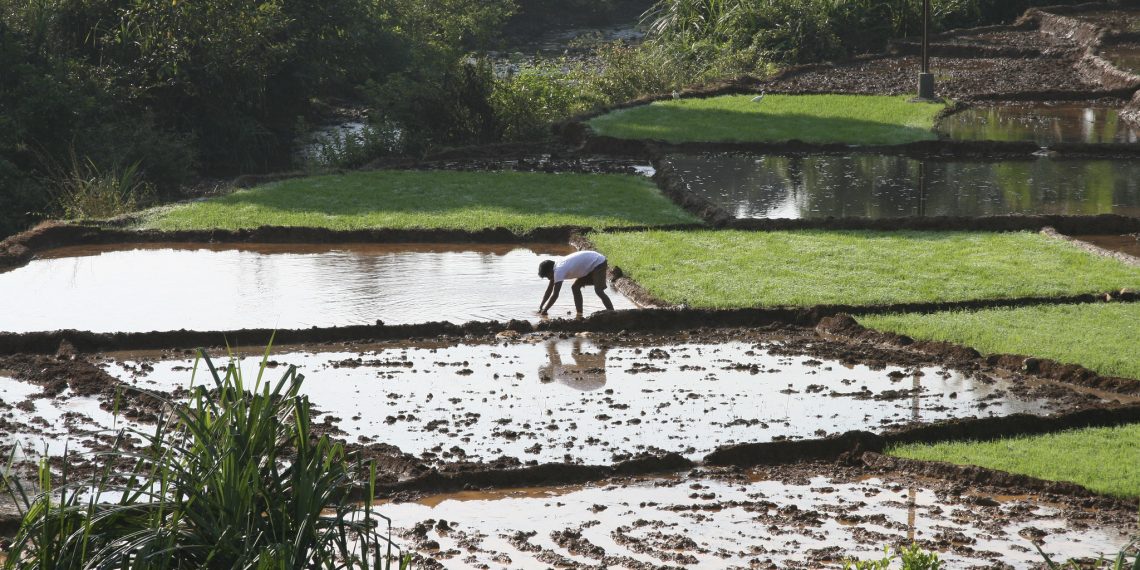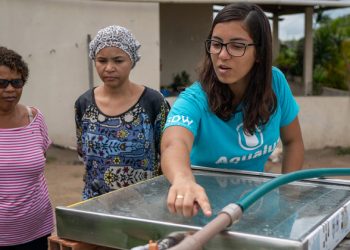Betsy Otto, director of the Water Program at WRI, grew up on the water. “When you live in the Great Lakes region, it’s always close to your consciousness to think about surface water. The Great Lakes are 20% of the world’s surface freshwater, and it’s just part of the culture.”
Yet the Water Program’s most recent achievement required going beyond surface water, to what’s stored underground in aquifers, soil and rock. The new relaunch of the Aqueduct tool for measuring water stress incorporates groundwater for the first time.
The results are not always pretty. Seventeen countries comprising a quarter of the world’s population face extreme water stress, where 80-100% of the water supply available (surface and aquifer) is already in use. “We’re already too close to the margin of using all the water we have,” Otto explains, even before further growth, climate impacts and the specter of drought are factored in.
Now, she goes beyond the problem to discuss some solutions to the threat of a global water crisis with podcast host and WRI Vice President for Communications Lawrence MacDonald.
They trace her path from business consulting early in her career through a greenway project in Chicago, the Hill and Harvard all the way to WRI’s global work, where she now leads a program not just providing a tool—Aqueduct—to understand the crisis, but also researching possible approaches to reducing its impacts. Technology, policy, and better management are all on the table.
The case of Chennai, India’s “Day Zero” has become emblematic in the public understanding of what a water crisis looks like when demand surges past supply. Much of the conversation centers on India, which faces an “existential” threat from water stress, and the policy choices it can take towards better management. Otto recognizes that there was mismanagement, “both in terms of how water was being allocated and used but also the natural ecosystem,” as rapid development took away much of the city’s natural water supply.
Indeed, these “nature-based solutions” to water stress are some of the most promising. Few realize that in the United States, more than half of our drinking water comes from forests—“we tend not to realize how much we rely on forested watersheds, rivers and streams, and wetlands as water supply and filtration,” Otto explained.
Of course, good old-fashioned tech gets its due as well: drip irrigation and water treatment—so-called waste-to-energy could not only provide clean water but alleviate up to 4% of all methane emissions in China, a not-inconsiderable sum when you consider methane’s potent warming potential.
After an episode of optimism, Otto ends on a note of resolve. “We all take it for granted,” she says, but backsliding within the United States on legislation and regulation to protect clean water has left its mark. “At the end of the day it requires governments to step up.”
Listen to the podcast here:



